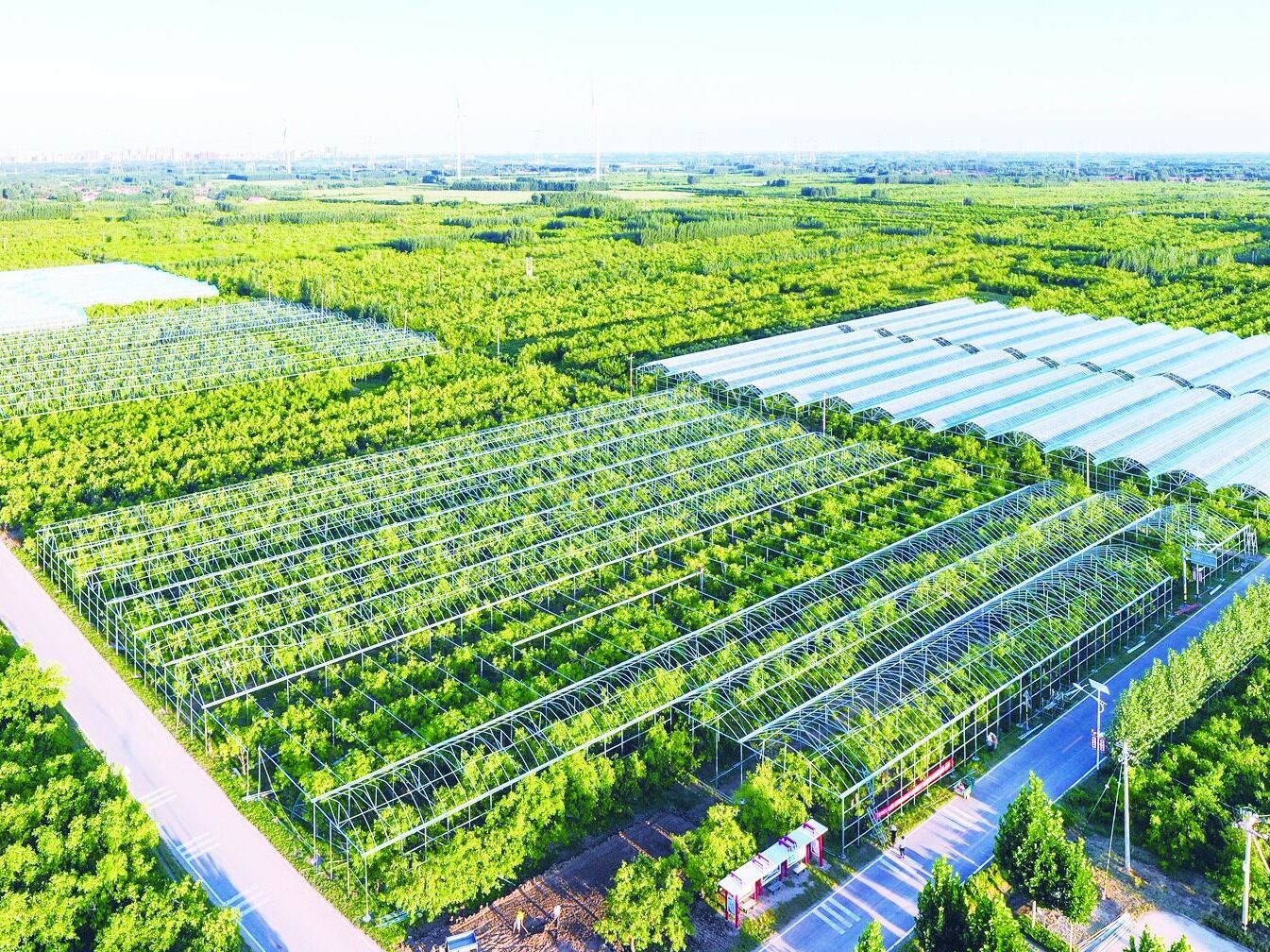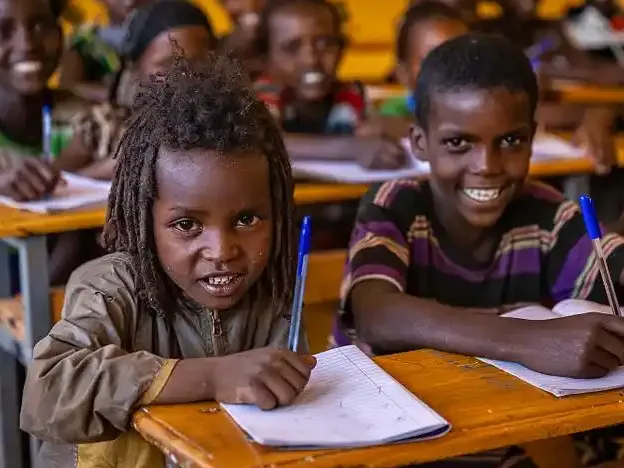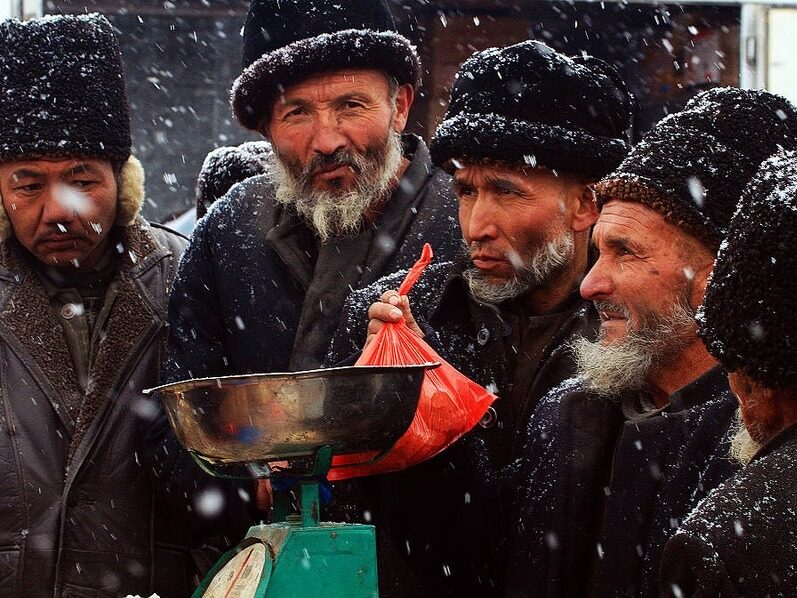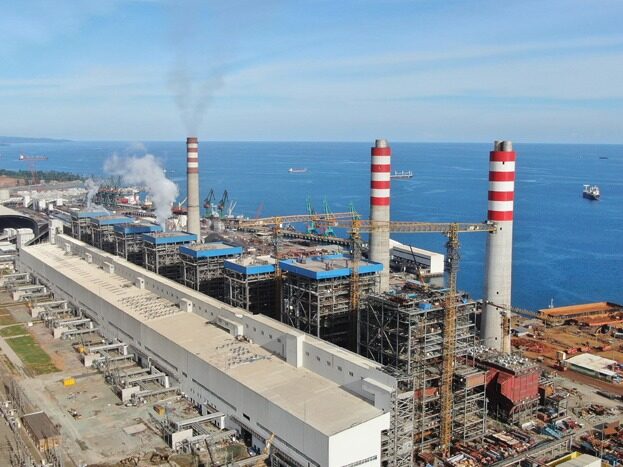- The China-Laos Railway is a bridge between the hearts of the two railways, built with time and hard work

Today, there are still many Laotians who have not taken a train. At present, a section of 3.5 kilometers long and 15 minutes travel time. The railway connecting Thailand via the Thai-Lao Friendship Bridge to Tana Lang in the south of Vientiane is the only railway in Laos. But when the China-Kunming-Laos (10,000) railway is opened to traffic in December 2021, this situation will be gone forever.

In May 2020, workers from China and Laos worked together to lay the tracks at the construction site of the China-Laos railway in the Gengkai Village Tunnel in Vientiane Province, Laos.
Open roads in every mountain, build bridges when encountering water
The China-Laos Railway runs from Kunming, China in the north to Vientiane, Laos, in the south, and stretches for 1013 kilometers across mountains and rivers. As a transnational railway, people will be able to realize their desire to travel to China, Laos, and Thailand by train after it is opened to traffic. Among them, Kunming to Vientiane is expected to arrive in the evening.
If one word is to summarize the characteristics of this project, the word "difficult" must be selected. Within China, the region with the most complicated geological conditions is Yunnan Province. Mountains and rivers are staggered, cliffs are interspersed, and karst landforms are fully developed in Yunnan. The Laos section is also rich in mountains and rivers. Therefore, the ratio of bridge to tunnel in the China-Laos railway reaches 87%. It either hangs in the air or travels in a cave.
Now 38-year-old Peng Kunming works in the project department of the third section of the China-Laos Railway Eighth Bureau of China Railway. Not only is the geological condition complicated, it is also difficult for people living in the city to withstand the extreme heat during the day and the occasional hailstorm. imagination. But since he came to Laos at the age of 34, he regarded this as his second home. "Building the China-Laos railway may have constrained my youth, but it has released my dreams," he said. Even though the sound of blasting at the tunnel construction site day and night made it difficult for him to sleep, he still methodically washes, eats, arranges work, and formulates solutions to each problem every day.
When you are in a foreign land, it is your relatives that you miss most. Peng Kunming has a one-year-old son, but he cannot always be with him because of his work. He said with tears in his eyes: I hope my child will grow up to be proud of an engineer father who has a Chinese dream of building roads, and I hope his parents will understand. I can't accompany them to fulfill my filial piety.

On April 7, 2020, the track laying of the China-Laos Railway from Yuxi, China to Mohan, Laos, was fully launched.
In the early stage of the new crown pneumonia epidemic, the project suffered another severe test. At the beginning of 2020, roads were blocked, construction material factories stopped production, and workers were unable to return to work on time due to epidemic prevention and control policies. As a result, China Railway Kunming Bureau Group Corporation and various construction units used temperature measurement and investigation, ventilation and disinfection, and personal protection as methods to strengthen the control of key links and effectively strengthen the control of the epidemic. At the same time, we insisted on special affairs, opened up green channels, and strengthened transportation organization. With a daily capacity of 80 vehicles of about 2,400 tons, they were transported to Yunnan Yuxi, Mengzi, Dali and other cities to fully meet the construction of railway projects under construction.
In this way, the construction of the China-Laos railway continued to progress in an orderly manner despite the COVID-19 pandemic. As of April 2021, more than half of the tracks in the China section have been laid, and the main construction of 11 station buildings has also been completed, and the decoration and decoration have begun. It is expected to be completed by the end of June. In Laos, the metal roof of Vientiane Station has been fully completed, officially entering a new stage of decoration and mechanical and electrical installation. The 20-circuit transmission lines of the external power supply project in Laos section are all connected, marking the completion of the project construction on schedule and the conditions for commissioning and transmitting power.
The sense of gain and happiness brought by the China-Laos Railway
"The China-Laos Railway is the road of happiness, friendship and prosperity that the people of the two countries are looking forward to. We have witnessed its development from scratch. Although it is painful and tiring, it is more honorable." said Liu Shunliang, the builder of the China-Laos railway. . So, how do we understand the three paths he said?
"Happiness" is an abstract term. It can come from emotional satisfaction or from the improvement of living conditions. During the construction of the China-Laos railway, the railway builders were obliged to pave cement roads for some villages along the route, which facilitated the travel of villagers; some villagers saw business opportunities and set up roadside stalls on the side of the project and on the roadside. An income-generating path was created; there were even multinational couples who entered marriage under the witness of the project. The happiness that Laos people obtain from the China-Laos railway is multifaceted and three-dimensional.

On September 15, 2020, the China-Laos Railway's over 100-meter four-line super large railway bridge was successfully closed.
And "friendship"? One of the most common relationships in the railway system is the relationship between teacher and apprentice. On September 13, 2020, a nearly 10 km cross-border tunnel named "Friendship Tunnel" was safely opened. Pan Fuping, deputy manager of the Yumo Railway Project Department of China Railway Second Bureau, and his Lao apprentice Bai Xiaoke were responsible for the construction of the Chinese and Lao sections of the tunnel. Pan Fuping said: “I have an agreement with Xiao Ke. When the tunnel runs through, we will have a hug in the tunnel and take a group shot. After all, we worked together in the same tunnel for 1543 days and nights.” Although the epidemic caused the two of them. Temporarily unable to fulfill this agreement, but the feeling of master and apprentice has been engraved in time.
Hu Bin, the project manager of the China-Laos railway track laying standard, also led the builders of the two countries to build a bridge of friendship. In 2018, a dam-break disaster occurred in Atappo Province, Laos. He took a hundred builders to the disaster area and rebuilt two aided bridges, setting a new record for similar projects. Later, the local recruitment for the China-Laos railway project of the China Railway Second Bureau responded well. The local labor department successively organized more than 1,000 local employees to participate in the railway construction voluntarily, which not only solved the problem of labor shortage in the project, but also provided employment opportunities for the victims.

On April 20, 2020, the builders of the Fifth Engineering Company of China Railway 22nd Bureau Group installed air guns in the Manmo 1 tunnel.
Stimulating greater economic potential is one of the main goals of the China-Laos railway construction. The construction of the China-Laos railway is a key step for Laos to move from a "land-locked country" to a "land-union country". Laos is connected to China and Thailand by land, which is bound to release local transportation capacity and reshape the new pattern of trade, investment, and tourism along the railway. In addition to the development of the "channel economy", Laos' own agricultural products and tourism will go to the world along with this railway.
Comprehensive development along the railway focuses on many expectations
In 2017, Chinese President Xi Jinping paid a state visit to Laos, and the leaders of the two countries agreed to jointly build the China-Laos Economic Corridor. The China-Laos Railway is the basis for the construction of the China-Laos Economic Corridor, and comprehensive development along the line is regarded as an important measure to release the project's maximum potential and maximize its benefits.
On December 11, 2020, the Lao Government and Laos-China Railway Co., Ltd. signed a memorandum of understanding on the project of station development zone in three provinces and one city along the China-Laos railway in Vientiane, Laos. The station development zone is composed of Mengqiqi Station Development Zone, Luang Prabang Station Development Zone, Vang Vieng Station Development Zone, and Vientiane Station Development Zone. They will become railway economic belts and develop industrial parks, commerce and logistics parks, and tourist parks.
Along the railway, the Zhonglao Mohan-Boding Economic Cooperation Zone and the Vientiane Saiseta Comprehensive Development Zone have been completed and put into operation. With the continuous advancement of the railway construction process, they also usher in a brighter development prospect.
The Zhonglao Mohan-Boding Economic Cooperation Zone is a transfer station for cross-border logistics, trade and tourism in the three countries of China, Laos and Thailand. According to the management team of Boding Special Economic Zone in Laos, the special economic zone has become a hot spot for investment and business along the “Belt and Road”. At the beginning of 2021 alone, the special economic zone has successively reached investment cooperation with "Nak China" for the Naga Xintiandi complex project, formally launched the cooperation of "Lao-China Securities Co., Ltd.", and recently signed a "general education full-age group" Innovative international school" construction cooperation. The new seeds of China-Laos economic cooperation are taking root here.

On July 30, 2020, Lao Prime Minister Thong Lun Sisuri (the former center) inspected the construction site of the Vientiane Station of the China-Laos Railway.
The Saiseta Comprehensive Development Zone is jointly invested and constructed by Yunnan Overseas Investment Co., Ltd. and the Vientiane City Government of Laos. Shan Zhai, manager of the Indian "East India" garment factory with an annual output of 1 million pairs of jeans in the park, said: "The raw materials and garments in the factory are transported from Bangkok to Vientiane by land. The China-Laos Railway and the China-Thailand Railway are opened. In the future, logistics will be more convenient and transportation costs will be greatly reduced. The company plans to expand production and is installing new production equipment. The future production efficiency will be 50 times higher than the current production efficiency. After training, Lao skilled workers can operate these modern machinery."
In addition, the tourism development of the Luang Prabang Ecological Special Zone in Laos along the China-Laos Railway, the production capacity cooperation in the capital of Oudomxay Province in northern Laos, and agricultural investment cooperation will also be given new vitality.
The China-Laos railway is an important aspect of the two countries' building a China-Laos community with a shared future and advancing the development of the Belt and Road Initiative. The railway people of the two countries have used time and hard work to build such a "heart-to-heart bridge", engraving people's good expectations for the future into the project, and engraving the friendship between China and Laos into the hearts of the people and the establishment of diplomatic relations between China and Laos. In the great history. Editor/He Yuting
Comment
 Praise
Praise
 Collect
Collect
 Comment
Comment
 Search
Search














Write something~